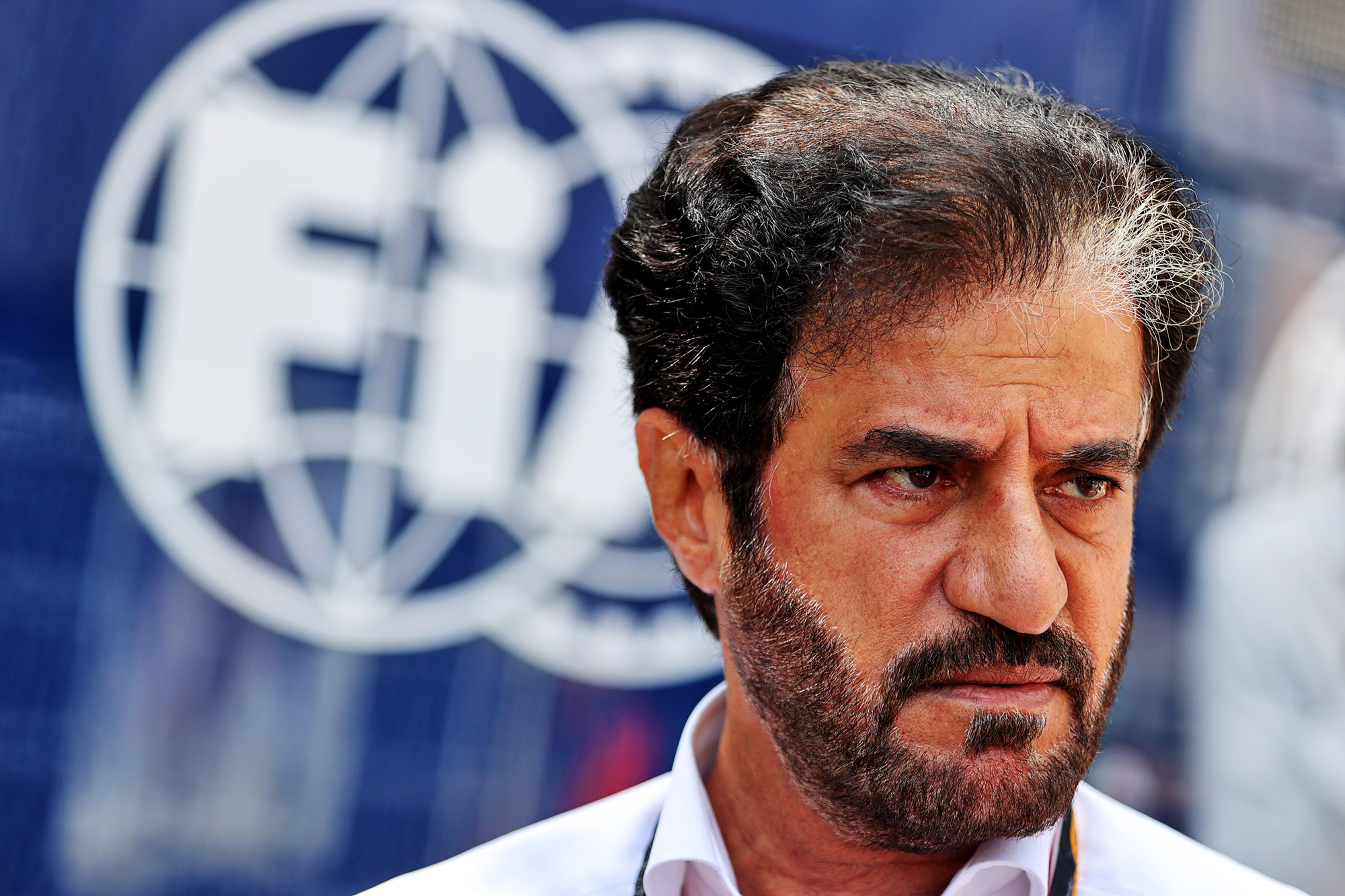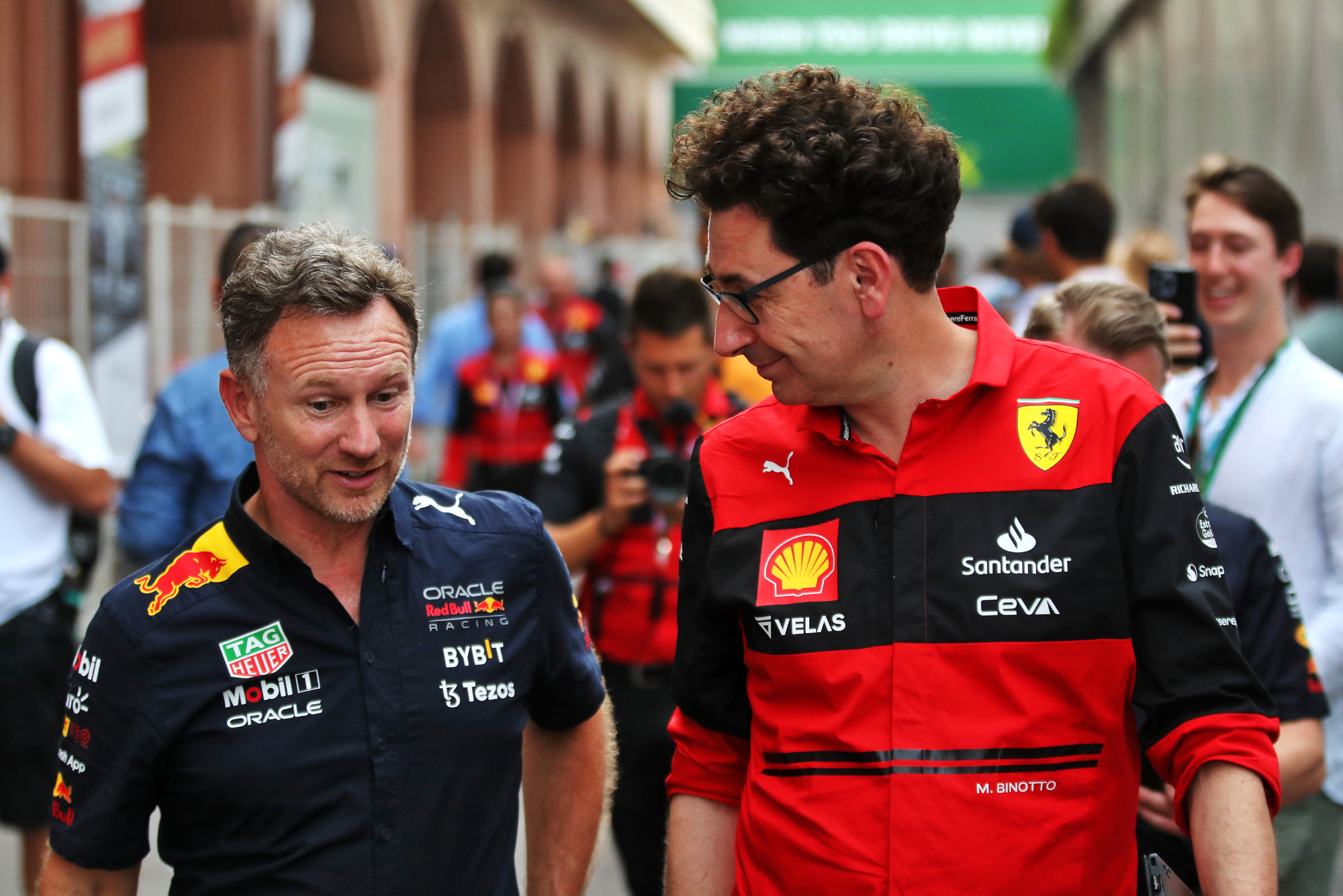Up Next

The changes that world motorsport’s governing body is going through could have massive implications for Formula 1.
In the early months of Mohammed Ben Sulayem’s presidency, the FIA looks less aligned with F1 than at any moment in recent memory.
Senior figures from F1 itself, teams and drivers have all clashed with the FIA in one way or another.
There has been dissatisfaction with the president’s apparent interference and micromanagement in F1, concern that the changes to improve race direction are not working well enough, and a worry that there are simply not enough officials at the required standard.
In its greatest form, as previously contemplated on this website, there’s a serious consideration within F1 that the FIA might be better utilised in a more marginalised capacity.
But even the apparently minor clashes have substance to them. Demanding rules on drivers wearing jewellery be followed is fine in principle but still, there is no clarity on the obvious contradictions between the FIA’s reasons for this (that jewellery is a safety hazard) and the rule itself (only metal chains and piercings are strictly banned, items like rings or bracelets are technically allowed).
The FIA is F1’s referee and referees are rarely popular. It’s never likely to be the case that the FIA has an abundance of supporters.
But last year’s controversial Abu Dhabi Grand Prix was a painful but necessary lesson that the FIA was not just a divisive neutral figure – it was exacerbating issues within the world championship with a confusing approach to race direction and inconsistent stewarding.
In the months after Abu Dhabi, senior F1 figures were said to be very frustrated with how Ben Sulayem’s organisation reacted. It was too slow and there were concerns the promised transparency would instead prove quite opaque.
The FIA is in a period of reform under Ben Sulayem and that was, in general, widely welcomed earlier this year. Teams are also publicly insisting that the FIA needs time to improve while drivers are also generally supportive of Ben Sulayem, even if they are still not huge fans of his organisation’s F1 set-up.
Some of the changes have yet to make a big impression – the new race control support system in Geneva is only in its first phase (which is some way off from the level of support that it should eventually be capable of, per Ben Sulayem’s vision) and the loss of Peter Bayer, for example, seems to have surprised some.
Bayer has been widely praised for being a calming presence who was often able to smooth out disputes. And while he has been replaced as secretary general by the very, very capable Shaila-Ann Rao, there’s not been an official explanation for what happens to his high-ranking FIA F1 positions as head of single-seater matters or the FIA’s F1 executive director.

As for the new race direction itself, clearly, the newly-installed rotating pair of Niels Wittich and Eduardo Freitas have a great deal of experience, but they have already garnered their fair share of critics.
Freitas has overseen arguably the most questionable moment so far, with his response to the sudden rain moments before the start of the Monaco Grand Prix.
He delayed the start then mandated that everyone started on wet tyres – which, sources suggest, was a result of debate within race control about the rules and how to apply them. After the race, several teams expressed confusion about how it was handled and Red Bull team boss Christian Horner said it should be reviewed.
Monaco featured another example of F1’s unhappiness with the FIA’s performance at the moment. Ferrari protested Red Bull after the race because Max Verstappen’s front and rear left tyres were on the left of the yellow pitlane exit line.
But this wasn’t just a bid to get Red Bull punished – the FIA was also the target.
Ferrari argued that the race director’s event notes – that the driver “must keep to the right of the solid yellow line at the pit exit when leaving the pits and stay to the right of this line until it finishes after Turn 1” – meant no part of the car could touch the pit exit line.
Except the rules around the pitlane exit had changed for 2022 and the race director’s event notes not only failed to reflect that, they outright contradicted the International Sporting Code.
Ferrari’s protest was thrown out and then in Baku there was a confusing sequence of multiple amendments to the pitlane entry instructions to make sure the ISC was followed correctly.
“There have been some inconsistency in decisions,” Ferrari team boss Mattia Binotto said in Azerbaijan.
“This is one of the decisions with which we are not happy. We made the protests, I think we knew what would have been the outcome, but I think it was right for us to protest just to show at least that we were not in agreement with the decision at the time, and still we believe it was not the right decision.
“I think they are already discussing whether maybe we should change back the ISC to make it right.

“It was nothing against Red Bull, honestly. I think it’s a fair fight between the two teams. Happy to move on with the fair fight.
“It was more for us to show to FIA that, at the moment, we are unhappy with the type of decisions they are taking.”
For Ferrari to effectively target the FIA’s standard of officiating shows how delicate the governing body’s reputation is at the moment. And Ferrari’s not the only team to have concerns – several have indicated privately that they have doubts about where the FIA is heading.
One team boss found it particularly amusing to hear that a Ben Sulayem proposal for addressing the lack of F1-standard race directors (something that became obvious when searching for a replacement for the ousted Michael Masi) was to suggest rally co-drivers would be a good option as they are so organised in their disciplines.
In many ways, the FIA is in a no-win position. And while it has not been an entirely convincing start for the new regime or its F1 structure, it is still very early in the process.
To judge Ben Sulayem, his new race directors, and the organisation as a whole now – when it could yet evolve a lot in the coming years – would be premature.
Perhaps the greatest sign of hope comes from a conclusion to the report that was eventually published about last year’s Abu Dhabi GP: “A new F1 sporting director will be recruited.”
That new recruit is Francois Sicard, best known as a key part of the creation of World Series by Renault and a senior figure at the ultra-successful DAMS junior single-seater operation.
Sicard has started this new role, which will probably absorb a lot of the duties Bayer had. He is a very good appointment by the FIA, as he has earned a lot of respect from people within F1 without ever holding a job position in the championship.
He’s a respectful, experienced and committed person who is said to be realistic about the scale of the task ahead.
And it is a big one for the FIA, well-illustrated by a single Ferrari protest that recognises the damage to the FIA’s reputation and job it must do to convince doubters that it is up to the standards of the most senior championship it regulates.









